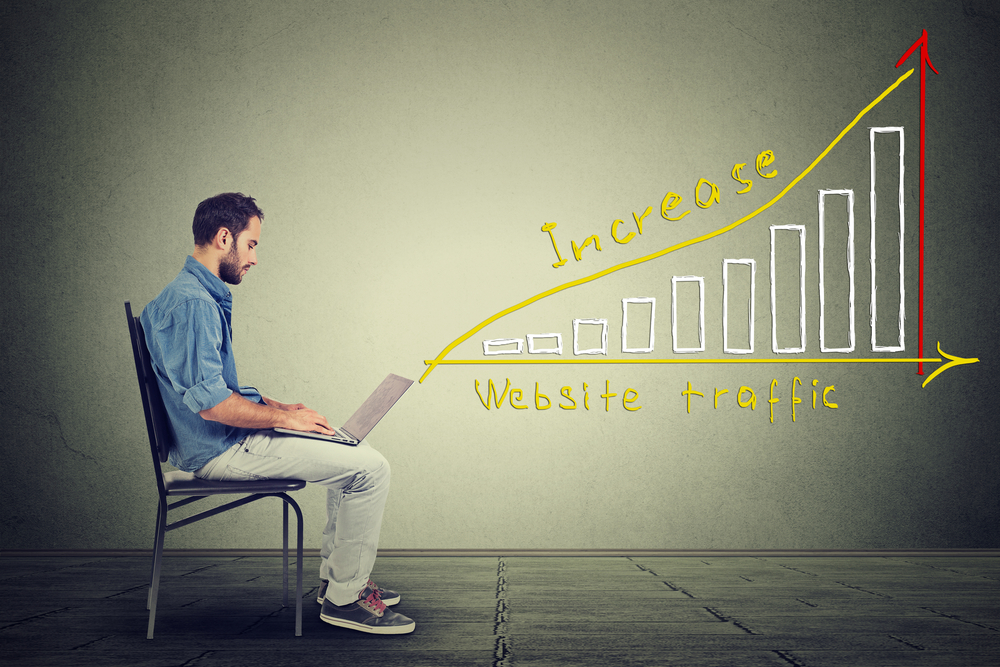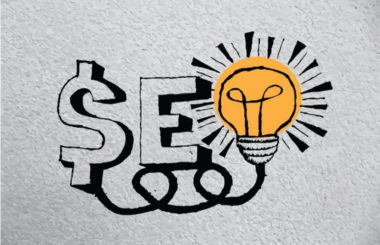So you’ve designed a website that showcases your business as an industry expert. But how do you know that anyone’s even clicking on your website to learn more about your services?
While there are now tons of tools for tracking website traffic, most of them fail to determine the presence of bots, or other forms of artificial traffic. You need accurate data about the performance of your site. Below are two signs that the traffic on your website might be fake:
1. Site Performance
When your site becomes overrun with bots, the speed and visual integrity of your site will often become compromised.
- According to The Huffington Post, if your site experiences a series of crashes in rapid succession, you should update your protection software as malicious bots might be responsible.
- Be on the lookout for real user responses or comments about the function of your site, as it may be an indication that an excess of bots are damaging your actual users’ experience.
One of the biggest threats bots can pose is a decline in your actual users’ experience with the site, doing damage to your business two-fold.
2. Check Your “Bounce Rates”
If you suspect high levels of fake traffic, you should open your site’s live analytics panel to see the traffic data in real time.
- According to the site tracking experts at Flippa, if you notice your website traffic’s “Bounce Rate” or “New Sessions Rate” skyrocketing, then it is most likely caused by fake traffic.
- Inversely, a devastatingly low bounce or new session rate could indicate that a malicious bot has severely impeded access to your site.
What you’re looking for is any excessive data abnormalities that couldn’t possibly be from any genuine human source.
Conclusion
The folks at D6 Interactive are your Dallas SEO experts, helping you to get real traffic from real consumers. These tips will help you ditch the bots and start making valuable impressions. Visit their website and start working with the best in business.


